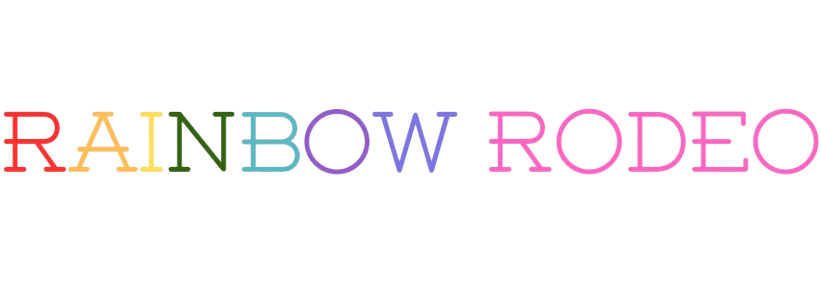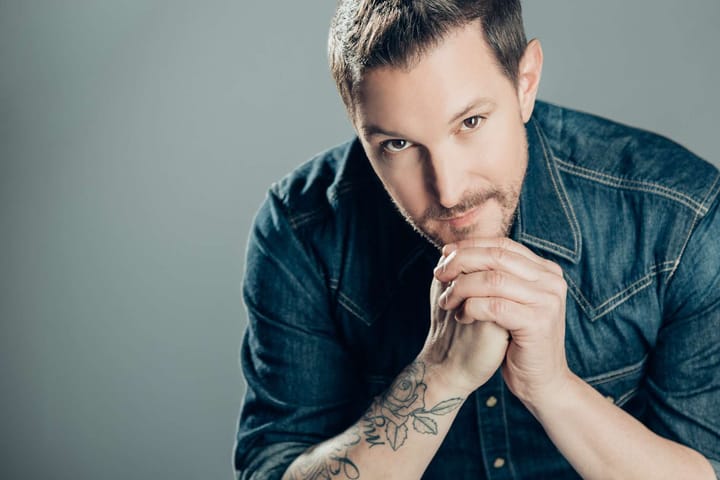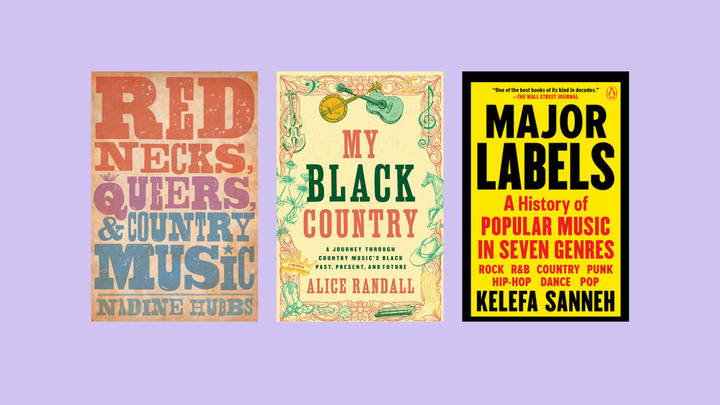Safe Space
In time for (American) Thanksgiving, Richard Marcus examines how queer people -- especially country fans -- need to fight for every square inch of safe space.

The words "safe space" are tossed around a lot these days to the point they've begun to lose meaning. Everybody has their own safe space these days: from people who are genuinely in need of safe ground where they can be themselves without fear of harm to bigots who want to express their hatred without fear of being called out as assholes.
However, for communities under genuine attack they are still, unfortunately essential. While the necessity for a safe space is offensive - a kind of forced segregation - it sometimes paints a target on the backs of those its designed to protect. We're not at a place in time where there are any other alternatives.
For the queer community, the idea of safe space arose out of the dark ages when being queer would see you in jail. Clubs and meeting places with ever-shifting locations and private memberships would provide temporary safe havens where people could meet in somewhat public conditions. Even with legalization there was, and is, still the need for separate establishments for safety reasons.
However, sometimes the designation of a space can paint a target on it. The gay village in Toronto is a thriving hub for a diverse community of queer folk. Over the years that's made locales in the area targets for anything from illegal raids by police on bathhouses to a serial killer stalking gay men.
In the 1970s Toronto's queer community was still pretty much hidden. The only exception being the annual Halloween Parade in front of the St Charles Tavern on the main "drag" of the then small city. Yonge Street was home to strip clubs, jazz and hard rock bars - and one queer bar. Everybody knew about it and thus it became a target for queer bashers and other asshats.
For 364 days a year the front doors on Yonge St. were locked. On Halloween they opened and all the drag queens and kings would parade up the block between doors exposed to the jeers and abuse of the bigots who gathered. One of the bravest sights I've ever seen.
The anti-queer legislation being passed in North American (a couple of provinces in Canada are quietly as bad as their American counterparts) is painting more and more targets on our backs. I have to ask: how safe is any queer person going to feel going to a club in Nashville when Tennessee has some of the vilest anti- queer legislation on the books?
The only away around all this is creating queer-positive country music spaces. One of the most widespread version examples of this are the queer line dance clubs forming across North America. In halls and clubs from Toronto to Albuquerque people and organizations are organizing events bringing people together to not only dance but learn the steps to different tunes.
In Toronto, Kathleen Munroe - star of Law and Order Toronto - helped organize Spurs, weekly event held at an old Army & Navy hall known as the Owl's Club. While everyone is having a great time Munroe is quoted in the magazine The Kit as saying "it's more than just fun – it's an act of resistance."
Taking something that carries all sorts of conservative baggage and heteronormative behaviour and stamping it queer is an act of defiance. The fact that it's also a break from the traditional bar scene - in that people are there for a collective purpose and not just to drink - also makes it easier for people to just be and meet new friends. It allows for community building in a way the traditional queer bars don't.
In Albuquerque, Mara, under the name of The Outlaws, has been running queer line dancing for three years. When she first started she was teaching steps to four students - now she has a team of 10 volunteers who organize, teach, DJ and help her run events. As in Toronto, they use existing spaces with most of them being held at The Albuquerque Social Club.
Sign in or sign up to keep reading!




